How often have you found yourself wondering about the hidden treasures that nature has to offer? One such treasure, that you might not have thought about, is the Nopal cactus. While it may look like just another prickly plant in the desert, it is packed with an impressive array of nutritional components that benefit your health in numerous ways. You might be surprised to learn just how valuable this cactus can be for your diet. So, what exactly are the nutritional components of Nopal cactus? Let’s embark on this fascinating journey together to uncover all there is to know about this extraordinary plant.
What is Nopal Cactus?
Nopal, also known as prickly pear cactus or its scientific name Opuntia, is a type of cactus native to Mexico and the southwestern regions of the United States. It has been an integral part of Mexican cuisine and traditional medicine for centuries. The plant features flat, fleshy pads called cladodes or paddles, which are either consumed fresh or dried and used in various dishes.
Historical Significance
The Nopal cactus has been a staple in the diet of indigenous Mexican cultures for thousands of years. Ancient Aztecs utilized Nopal not only as a food source but also for medicinal purposes. They believed it could help with everything from skin ailments to digestive issues.
Nutritional Components: An Overview
Understanding the nutritional components of Nopal cactus can give you a better appreciation for this unique plant. The paddles of the Nopal cactus are rich in essential nutrients like vitamins, minerals, and antioxidants. Below we will break down these components for better understanding.
Vitamins
Nopal cactus is packed with a variety of essential vitamins that are crucial for maintaining good health. Here’s a breakdown of the key vitamins found in Nopal cactus:
| Vitamin | Function | Amount per 100g |
|---|---|---|
| Vitamin A | Supports vision, immune function, and skin health | 20 IU |
| Vitamin C | Antioxidant, boosts immune system, helps in collagen production | 9.3 mg |
| Vitamin K | Essential for blood clotting and bone health | 6.4 µg |
| B Vitamins | Aids in energy production, brain function, and cell metabolism | Varying amounts |
Minerals
Nopal cactus is not only rich in vitamins but also contains essential minerals needed for various bodily functions. Here are some of the key minerals found in Nopal:
| Mineral | Function | Amount per 100g |
|---|---|---|
| Calcium | Vital for bone health and muscle function | 164 mg |
| Magnesium | Supports muscle and nerve function, and energy production | 85 mg |
| Potassium | Essential for heart function and muscle contraction | 257 mg |
| Phosphorus | Critical for the formation of bones and teeth | 32 mg |
Antioxidants
Antioxidants help to neutralize harmful free radicals in your body, reducing the risk of chronic diseases. Nopal cactus contains a variety of antioxidants such as flavonoids, quercetin, and beta-carotene.
| Antioxidant | Function |
|---|---|
| Flavonoids | Reduce inflammation and support heart health |
| Quercetin | Boost immune function and exercise performance |
| Beta-Carotene | Supports vision and skin health, precursor to Vitamin A |
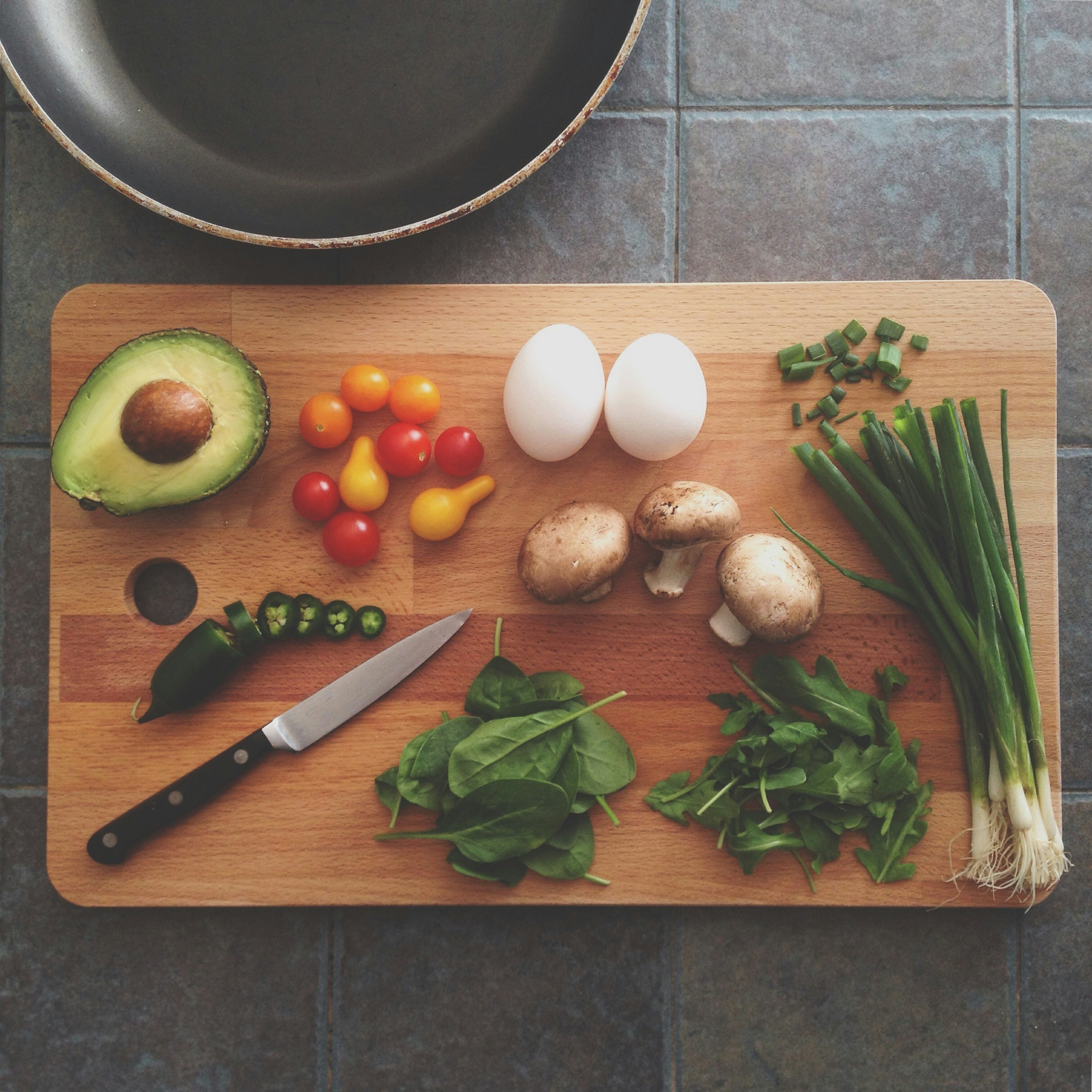
Dietary Fiber and Its Benefits
One of the most significant components of Nopal cactus is its high dietary fiber content. Dietary fiber is crucial for good digestive health, and Nopal offers an impressive amount of it.
Types of Fiber in Nopal
There are two types of dietary fiber found in Nopal cactus:
- Soluble Fiber: Helps to lower blood glucose levels and cholesterol.
- Insoluble Fiber: Adds bulk to the stool and aids in regular bowel movements.
Health Benefits of Fiber
The fiber content in Nopal cactus offers several health benefits, including:
- Weight Management: Fiber helps you feel full longer, reducing overall calorie intake.
- Blood Sugar Control: It slows down the absorption of sugar, which can help manage diabetes.
- Digestive Health: Enhances bowel regularity and prevents constipation.
- Heart Health: May lower bad cholesterol levels, reducing the risk of heart disease.
Protein and Amino Acids
Nopal cactus is an excellent plant-based source of protein and amino acids, making it valuable for vegetarians and vegans.
Functional Protein
Proteins are essential for muscle repair, enzyme function, and immune system health. Nopal contains around 1.32 grams of protein per 100 grams, which includes eight essential amino acids that your body cannot produce on its own.
Amino Acid Profile
The amino acids found in Nopal cactus include:
- Histidine
- Isoleucine
- Leucine
- Lysine
- Methionine
- Phenylalanine
- Threonine
- Valine
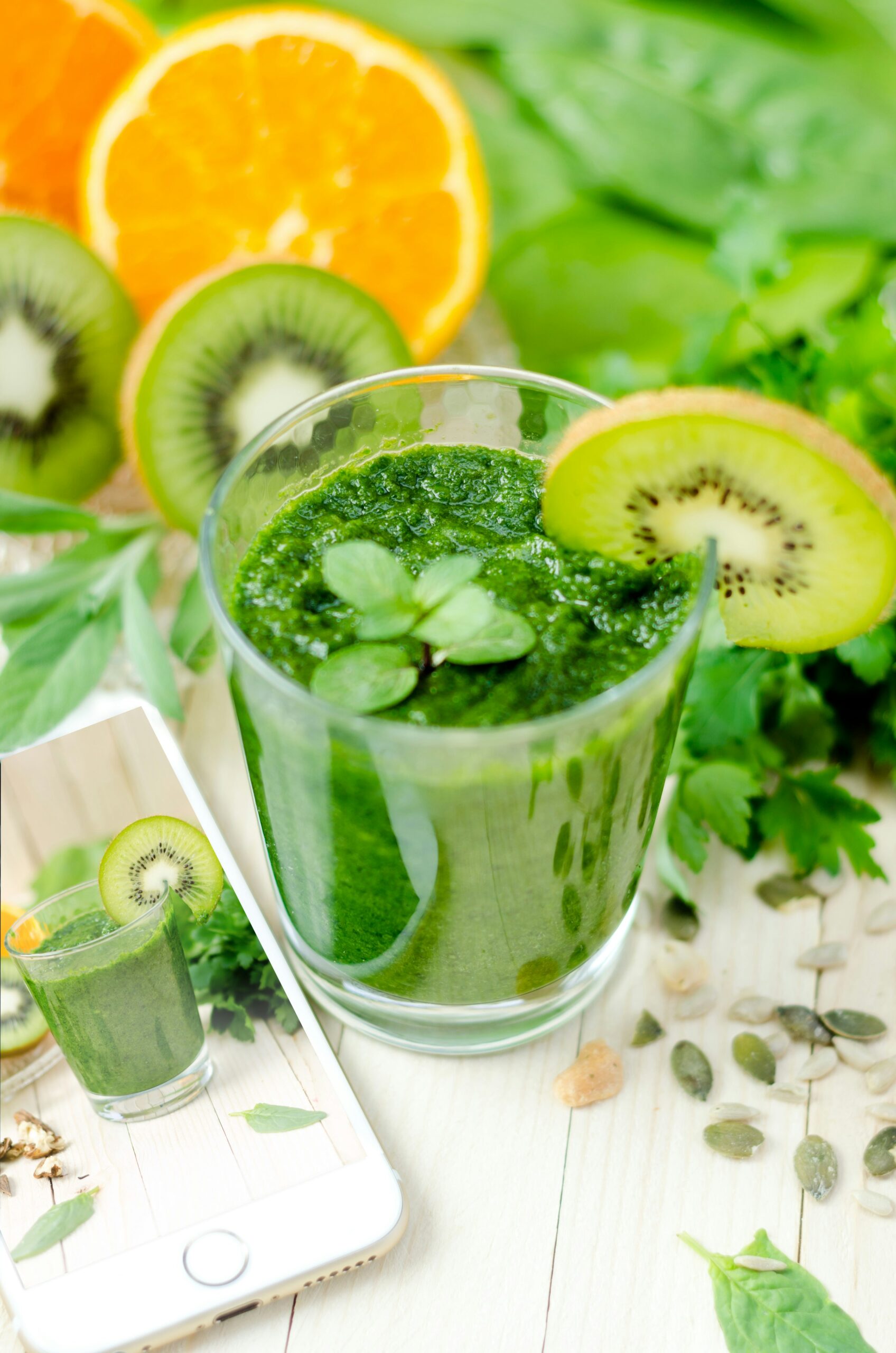
Carbohydrates and Energy
Nopal cactus has a moderate carbohydrate content, which provides a slow and steady release of energy. This is particularly beneficial for people who are active or need sustained energy throughout the day.
Glycemic Index
The glycemic index (GI) of Nopal is low, meaning it has a minimal effect on blood sugar levels. This makes it an excellent option for those managing diabetes or looking to maintain stable energy levels.
Fat Content
Nopal cactus is very low in fat, making it a healthy addition to almost any diet. Most of the fats present are unsaturated, which are beneficial for heart health.
Types of Fats
Although the fat content is minimal, it does contain small amounts of healthy fats such as omega-3 and omega-6 fatty acids, which are essential for brain health and reducing inflammation.
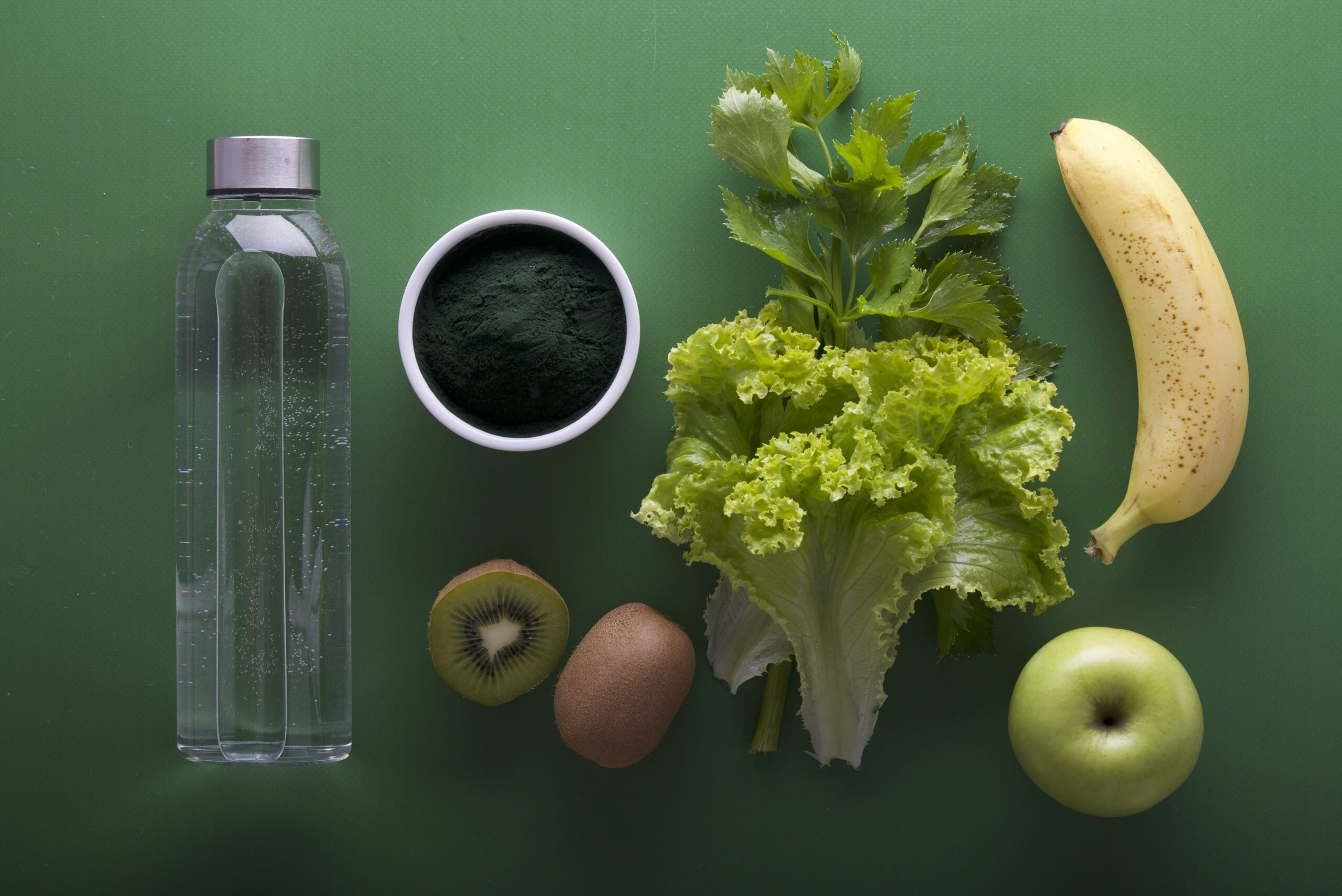
Hydration and Electrolytes
Interestingly, Nopal cactus contains a high water content, around 90%, making it an excellent food for hydration. Along with its water content, the electrolytes such as potassium and magnesium aid in maintaining fluid balance and preventing dehydration.
Potential Health Benefits
Given its rich nutritional profile, Nopal cactus offers various health benefits:
Blood Sugar Control
The soluble fiber in Nopal helps to slow down the absorption of carbohydrates, which can stabilize blood sugar levels. Some studies suggest that adding Nopal to your diet may help in managing type 2 diabetes.
Weight Management
The combination of high fiber and low-calorie content makes Nopal an excellent food for those looking to manage their weight. It helps you feel full longer, reducing the likelihood of overeating.
Heart Health
With its fiber, vitamins, and antioxidants, Nopal cactus can contribute to better heart health by lowering bad cholesterol levels and reducing inflammation.
Digestive Health
Nopal is exceptionally beneficial for your digestive system due to its high dietary fiber content. It promotes regular bowel movements and can help alleviate constipation.
Anti-Inflammatory Properties
The antioxidants like quercetin and flavonoids guard against inflammation, which can help in alleviating symptoms of chronic inflammatory conditions.
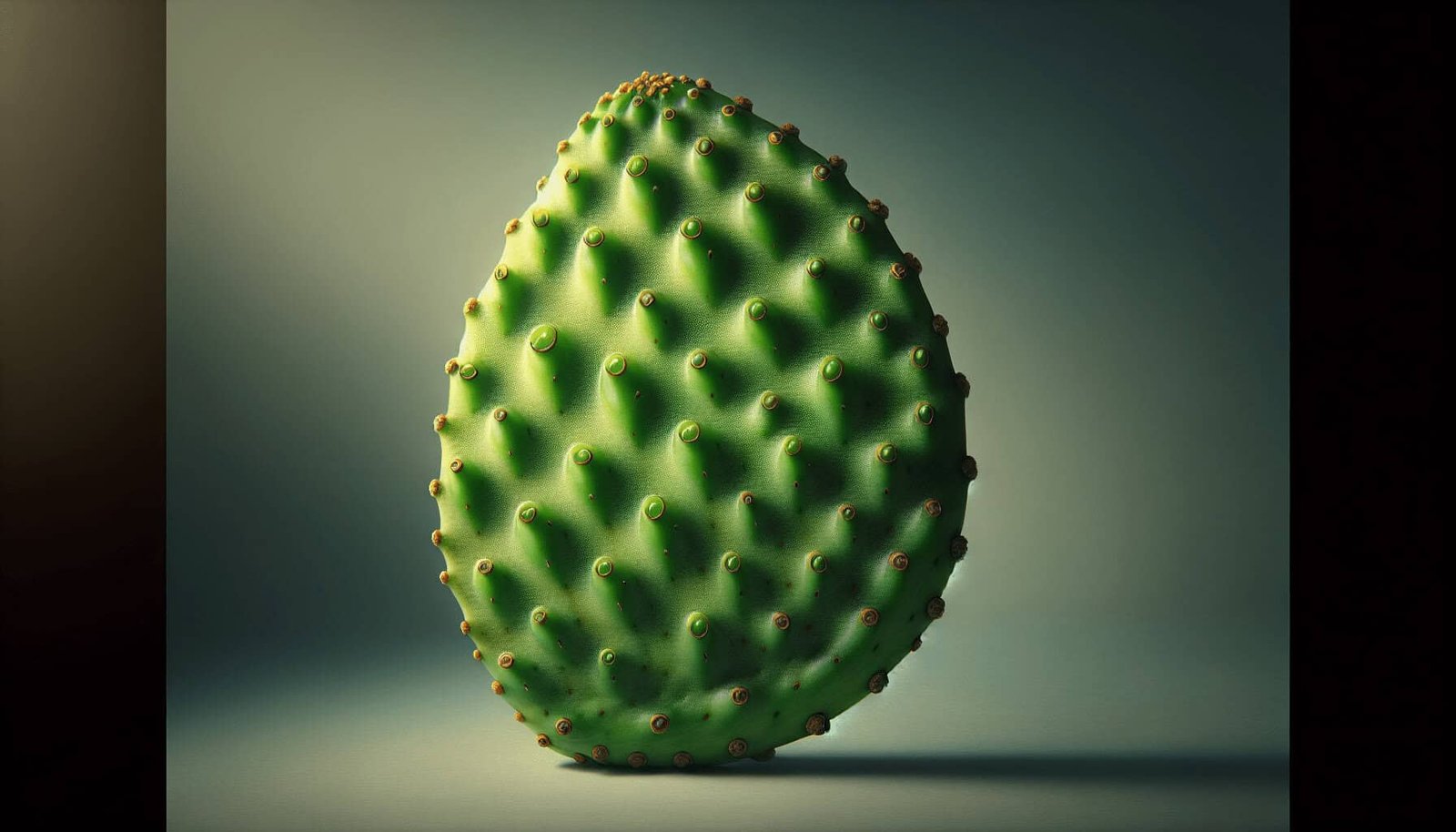
Practical Uses in Cooking
Adding Nopal cactus to your diet can be easier than you think. The pads are often used in Mexican cuisine and can be eaten raw, cooked, grilled, or added to smoothies.
Preparation Tips
- Cleaning: Remove the spines carefully using a knife or vegetable peeler.
- Slicing: Cut the pads into strips or cubes depending on your recipe.
- Cooking: It can be boiled, sautéed, or grilled. To reduce its natural sliminess, blanch the pieces first.
Recipe Ideas
- Nopal Salad: Combine chopped Nopal with tomatoes, onions, and cilantro for a refreshing salad.
- Smoothies: Add raw Nopal to your morning smoothie for an extra nutritional boost.
- Tacos: Use grilled Nopal strips as a filling for tacos along with your favorite toppings.
Possible Side Effects
While Nopal cactus is generally safe to consume, it’s important to be aware of potential side effects.
Digestive Issues
Eaten in large amounts, the high fiber content can cause digestive issues like bloating or diarrhea, especially if your body is not used to such a high fiber intake.
Allergic Reactions
Although rare, some individuals might be allergic to Nopal. It is advisable to start with a small amount and monitor for any allergic reactions.
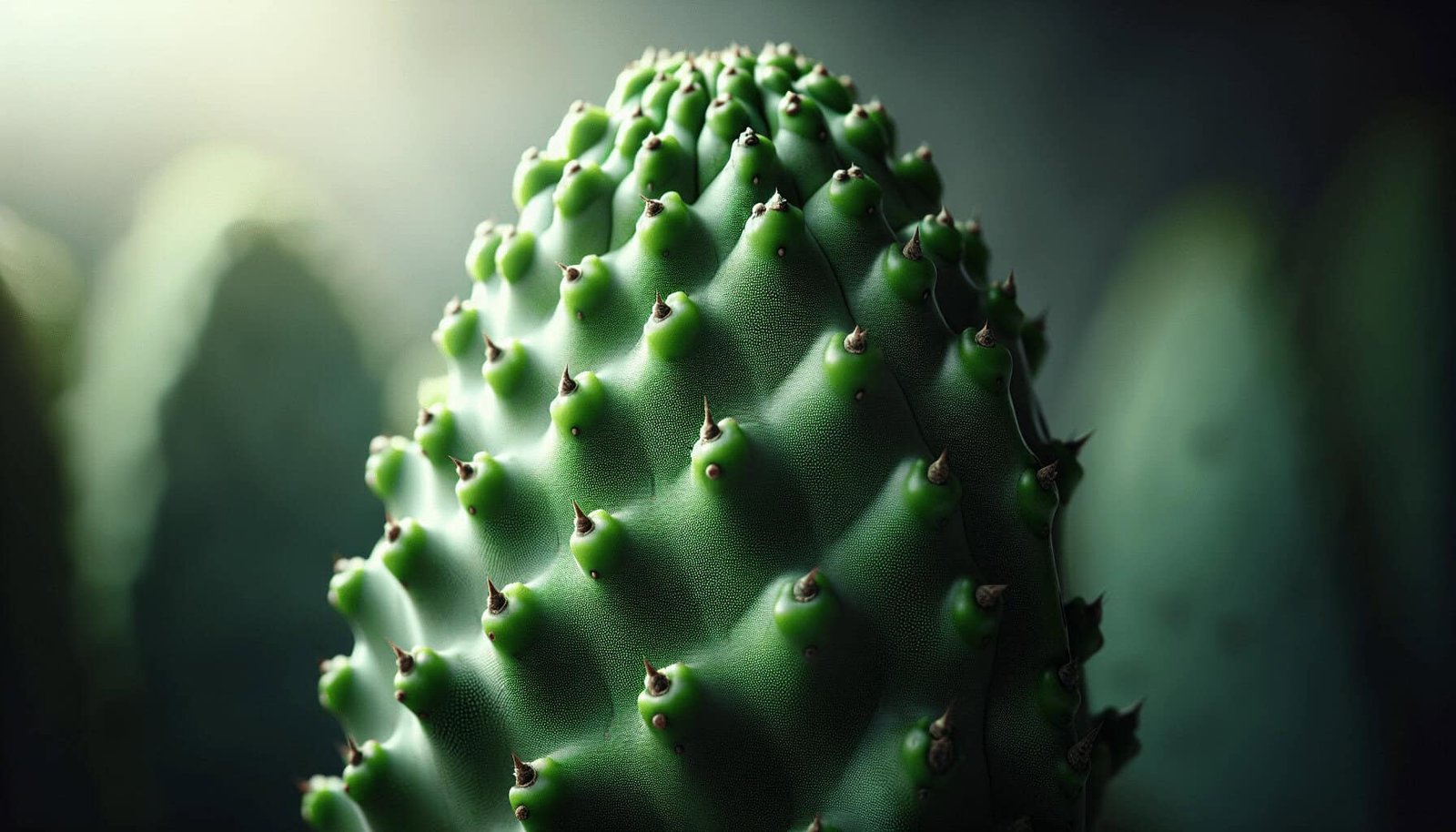
Where to Find Nopal Cactus
Nopal cactus is available in most health food stores, especially those that specialize in Mexican or Latin American foods. It can also be found in various forms such as fresh, dried, powdered, or even in supplement form.
Online Retailers
Many online retailers offer Nopal cactus in different forms. Ensure that you purchase from reputable sources to guarantee quality.
Farmers Markets
In regions where the cactus is native, you might find them in local farmers markets, offering you the freshest option available.
How Much Should You Consume?
There is no strict daily recommendation for Nopal cactus, but incorporating it into your diet in moderation can offer substantial health benefits. A portion size of around 100 grams, a few times a week, should be enough to reap its benefits without overdoing it.
Monitoring Your Intake
If you are new to consuming high-fiber foods like Nopal, start with smaller portions to allow your body to adjust. Gradually increase the amount as you become more accustomed to its high-fiber content.
Conclusion
The Nopal cactus is truly a nutritional powerhouse with a myriad of health benefits. From vitamins, minerals, and antioxidants to dietary fiber, protein, and beneficial fats—this plant has it all. By incorporating Nopal cactus into your diet, you are tapping into a wealth of natural goodness that has been cherished for centuries. Whether you are looking to manage your weight, control your blood sugar, or simply enhance your overall health, Nopal cactus is an excellent addition to your diet. Take the time to explore its full potential and enjoy the remarkable benefits it has to offer.

